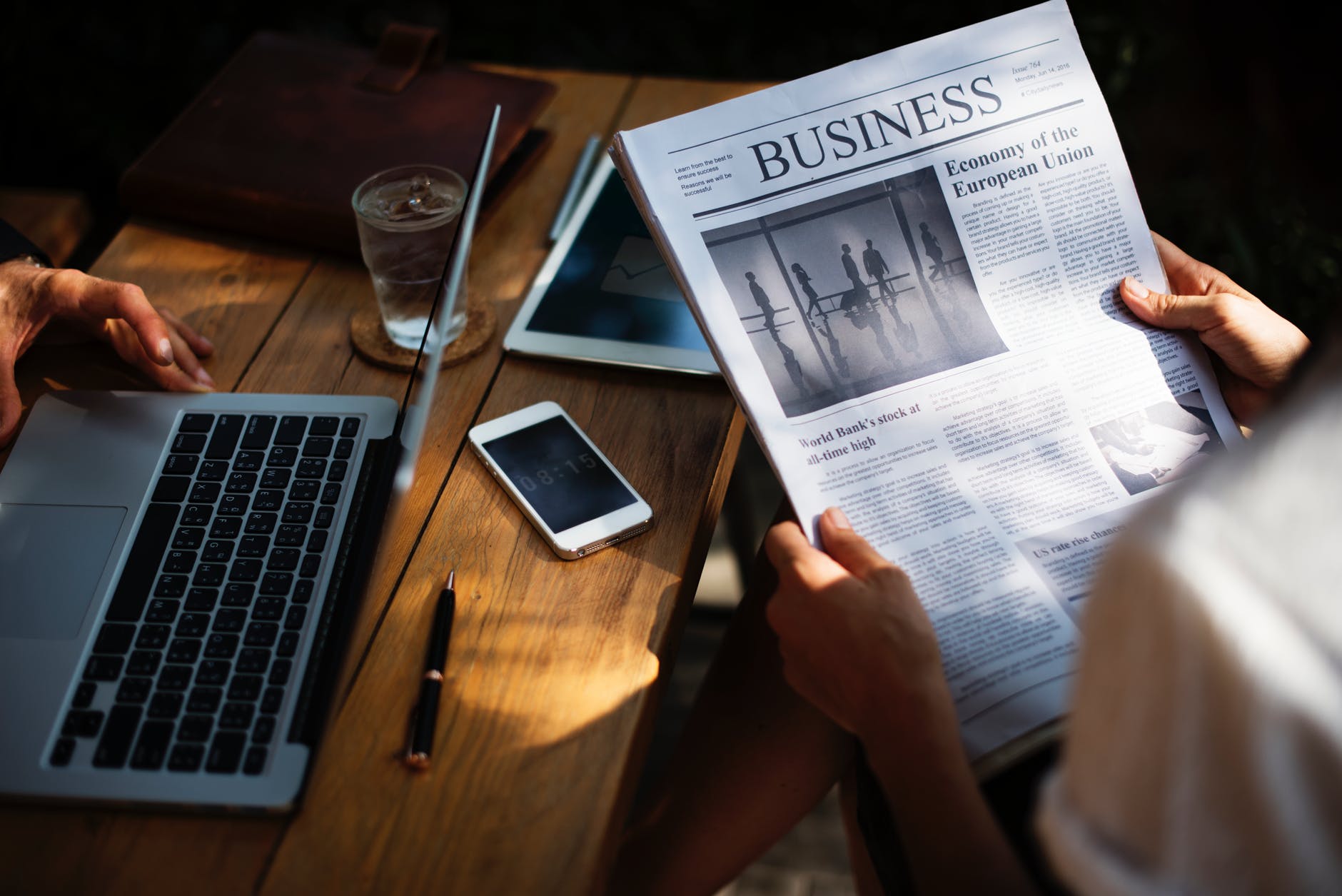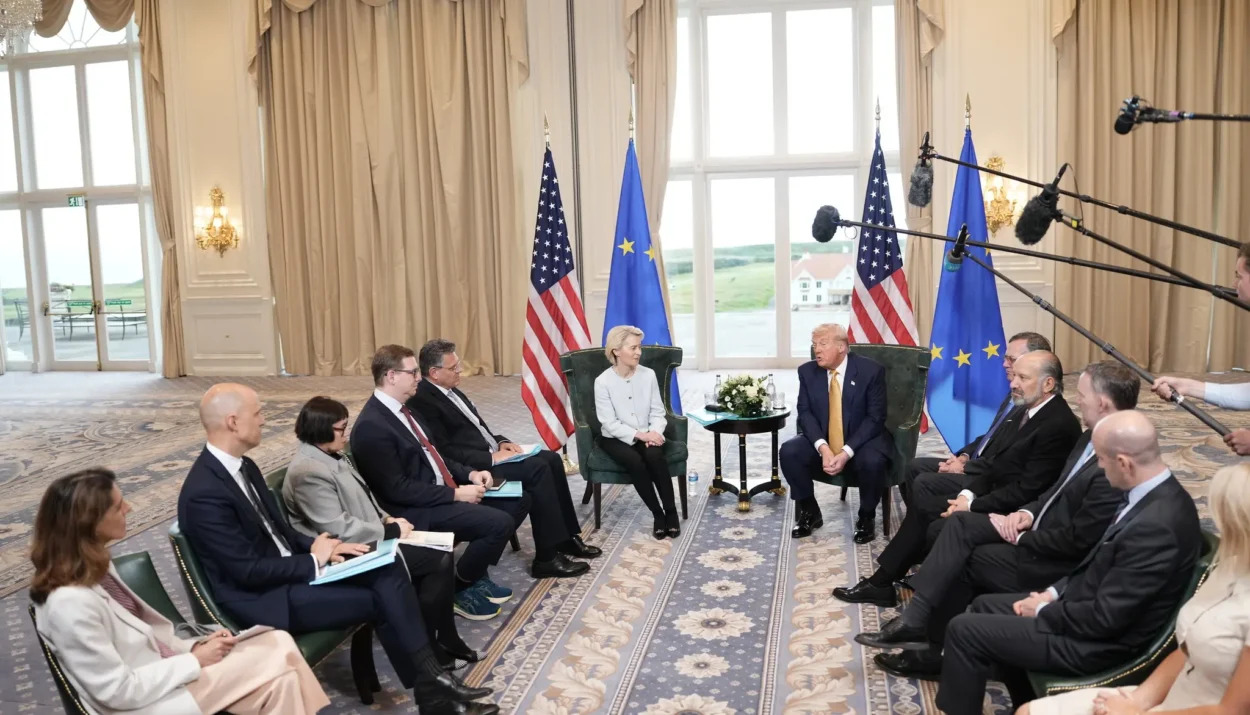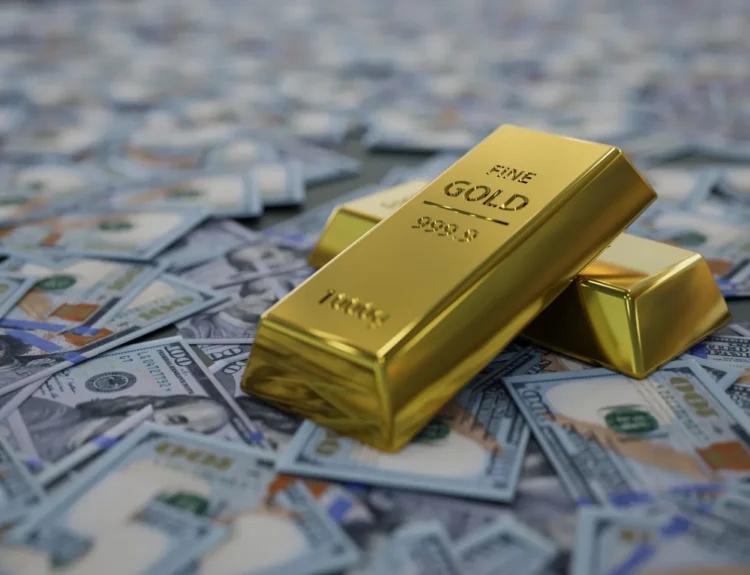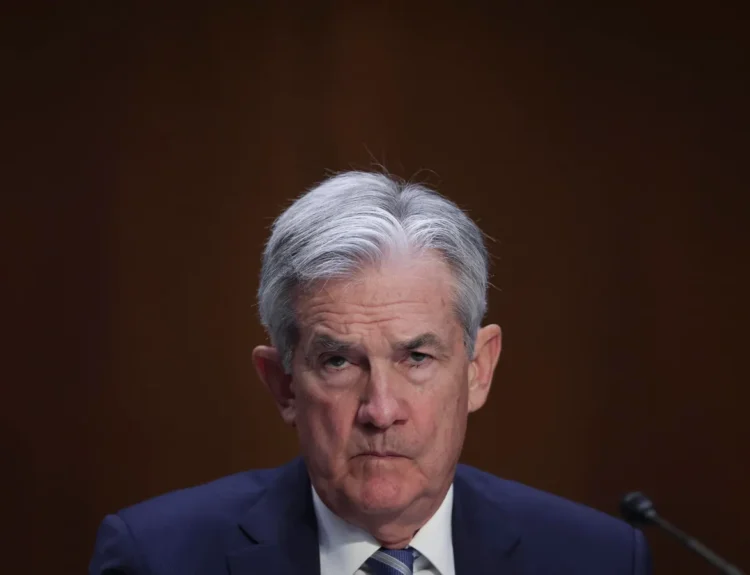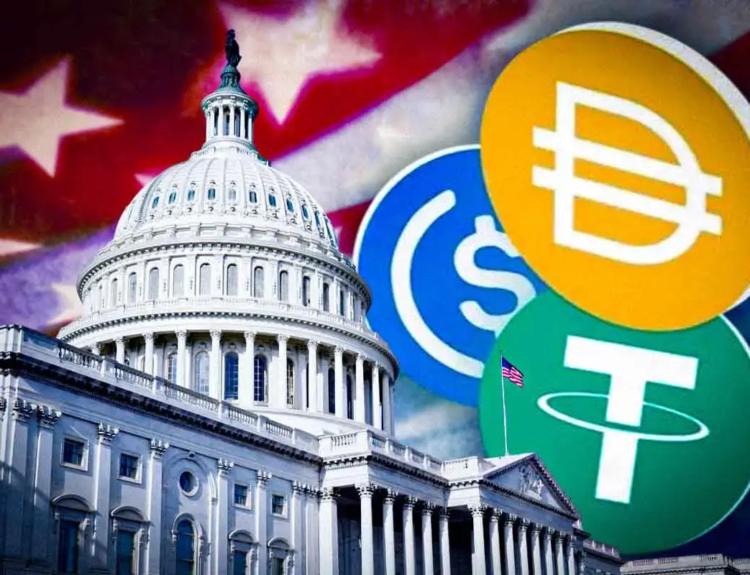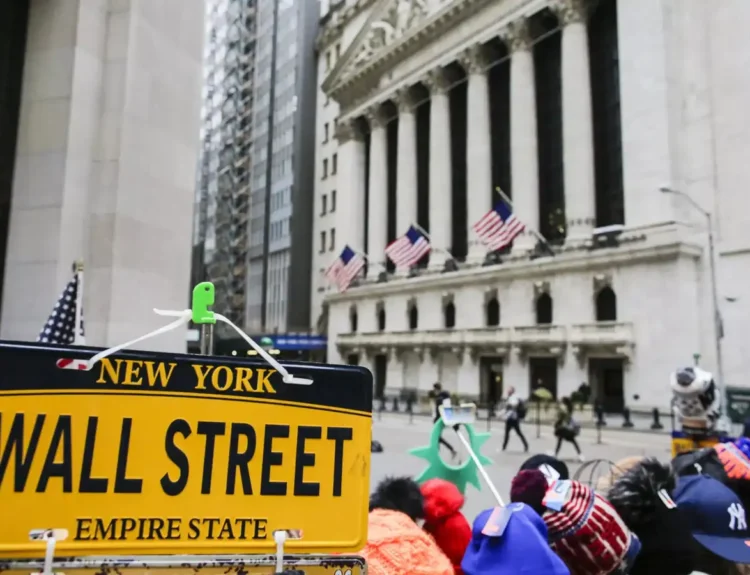In a major breakthrough following weeks of escalating tension, President Donald Trump announced a new trade agreement with the European Union on Sunday, concluding what he described as “tough negotiations” with European Commission President Ursula von der Leyen in Scotland.
“We have reached a deal. It’s a good deal for everybody,” Trump told reporters from his Turnberry golf resort. “It’s going to bring us closer together… it’s a partnership in a sense.”
Key Points of the Deal:
- Tariffs lowered to 15% on automobiles and other products – down from the previously threatened 30%.
- EU to purchase up to $750 billion worth of US energy, including LNG and oil over the coming decade.
- EU commits to “vast amounts” of US auto imports, with the goal of rebalancing the transatlantic trade deficit.
- New framework for 0% tariffs on select goods to foster “free and fair” trade.
- European investment of $600 billion in the US, aimed at infrastructure, technology, and renewable energy sectors.
Averting Trade War
The deal comes just days before the US was set to impose 30% tariffs on European exports starting August 1 — a threat that had sparked fears of a retaliatory trade war. With a trade relationship worth nearly $1 trillion annually, the US and EU are each other’s largest economic partners.
President von der Leyen called the deal “huge”, adding:
“It brings stability and predictability. That’s very important for our businesses on both sides of the Atlantic.”
The deal follows a similar agreement with Japan earlier this month, which also involved a 15% tariff framework.
Still Points of Contention
While the agreement covers energy and autos, some key sectors were excluded or deferred:
- Pharmaceuticals, the EU’s top export to the US, are not covered in the deal. Trump said, “Pharmaceuticals are very special,” suggesting separate negotiations.
- The 15% tariff rate, although lower than the threatened 30%, is still a steep jump from the 1.2% average tariff previously in place on EU imports.
Asked if he would consider a lower rate, Trump replied bluntly:
“No.”
Strategic Implications
The agreement signals a reopening of global trade after years of rising protectionism. Analysts say it may reset the US-EU economic dynamic, which had soured under Trump’s earlier accusations of European trade practices being “worse than China.”
Von der Leyen appeared to acknowledge the imbalance:
“We have a surplus. The United States has a deficit, and we have to rebalance it.”
Meanwhile, the EU reportedly avoided retaliatory tariffs on US products — including politically sensitive items like soybeans and bourbon — that had been prepared as leverage if talks failed.
Critics & Controversies
The deal is not without backlash. European auto groups warned of rising costs, and some US lawmakers questioned the lack of clarity on pharmaceuticals and Trump’s hardline negotiation tactics.
Separately, reports surfaced that the Trump administration may have rerouted funds from nuclear modernization projects to renovate a gifted Qatari jet as a new Air Force One — further raising ethical questions amid the trade celebration.
Looking Ahead
Despite criticism, the deal may represent a turning point in Trump’s trade legacy as he continues to reshape America’s global economic alliances ahead of the 2026 midterms. With deals now struck with Japan and the EU, Trump has hinted that the UK and India may be next.
“This is the biggest deal, people don’t realize,” Trump emphasized, highlighting the scale of transatlantic commerce.
As President Trump prepares to meet UK Prime Minister Keir Starmer later this week, the question remains whether this new “America First” trade doctrine can sustain broader global cooperation — or if it simply resets the rules of engagement on Trump’s terms.
Disclosure: This article does not represent investment advice. The content and materials featured on this page are for educational purposes only.
Related:
Tariff Shock Incoming: Trump’s August 1 Deadline to Hike Prices on Food, Clothing, and Cars
Wall Street Keeps Breaking Records, But Big Tests Are Looming
Hottest Business Strategy This Summer Is Buying Crypto
